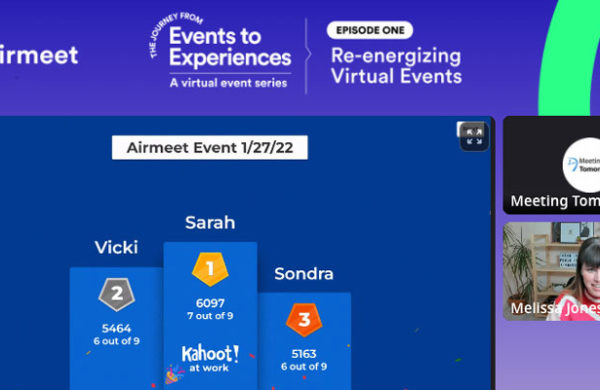
Meetings can be useful, productive tools, but only if conducted properly. Having a meeting that is properly laid out with an agenda and a time frame can help a company or organization accomplish much more in a shorter period of time.
Solid Preparation
The first step to a productive meeting is to be well prepared for it. This means defining the objectives and desired outcomes of the meeting in an agenda. This agenda lets the meeting attendees know exactly what to expect. Include the topics that will be covered during the meeting in as much detail as necessary. Deliver the agenda through mail or email before the meeting so the participants have a chance to look over it and make notes of anything they wish to discuss during the meeting. Bring extra copies of the agenda to the meeting in case any unexpected attendees show up or someone leaves their agenda behind. Make sure to have enough copies of any other handouts that will be distributed during the meeting.
All the equipment needed for the meeting should be readily available. This may include audio/visual equipment such as laptop computers, a Wi-Fi network connection, an LCD or LED monitor, and a microphone rental (if necessary). Some meeting organizers like to provide refreshments such as coffee, tea, water, or cookies to the attendees.
Effective Moderator
Each meeting should have a moderator. It is the moderator’s job to help the meeting attendees keep on track and the meeting move along if conversation gets stalled on one particular topic. Every meeting should have someone assigned to take notes. This helps the attendees of the meeting review what was covered later and also allows those that could not make it to know what was discussed. This duty can be permanently assigned to someone or regular meeting attendees can swap the note taking duties.
Before discussing the agenda, make any necessary introductions so the attendees are all familiar with each other. When the meeting starts, the moderator should review the agenda and let attendees know exactly what is to be covered and the desired outcome of the meeting. He or she should let all attendees know the timeframe of the meeting. Sticking to this timeframe helps keep the meeting on track.
Group Contribution
While conducting the meeting, the moderator and all other attendees should take the time to hear each person’s opinion on a matter. Meetings work best if everyone is allowed to contribute. If no one offers any ideas, it is the moderator’s job to try to employee brainstorming techniques to help come to a decision on a topic. Stay focused on the agenda and don’t allow the attendees to stray to other areas. If a good topic arises, but will involve some detailed discussion, ask the note taker to add that topic to the agenda for the next meeting so it can receive its proper discussion time.
Gratitude and Appreciation
As the meeting ends, be sure to thank all attendees for coming. Many meetings are viewed as chores to attend, but if the participants are thanked and feel that their input was appreciated, they will think more highly of them. If this is a regular meeting, the moderator may want to give the next meeting date and make sure that is a good time for everyone. Once the meeting is over, have the note taker or appropriate person type up the minutes of the meeting and distribute to each attendee either through mail or email.


